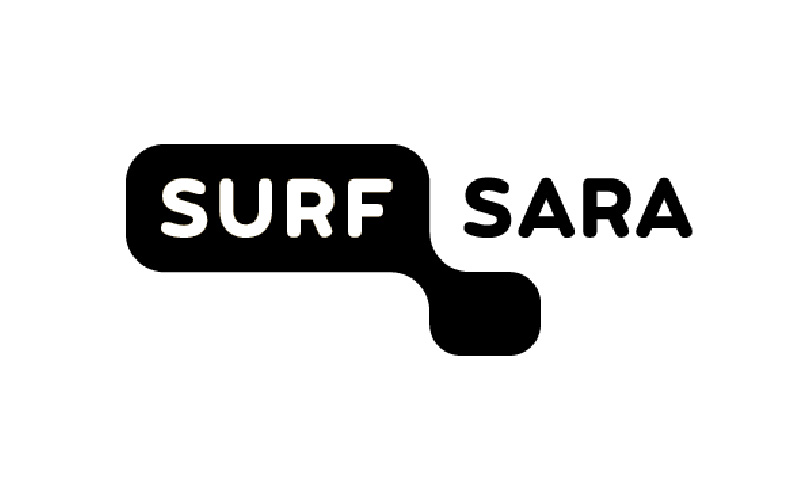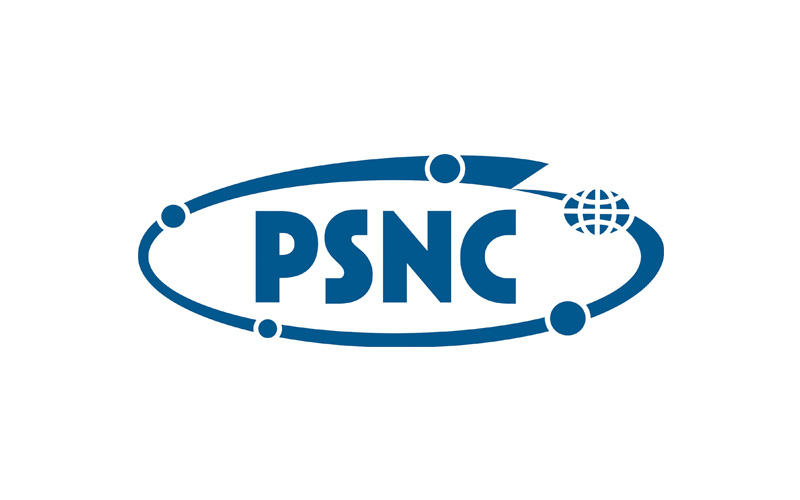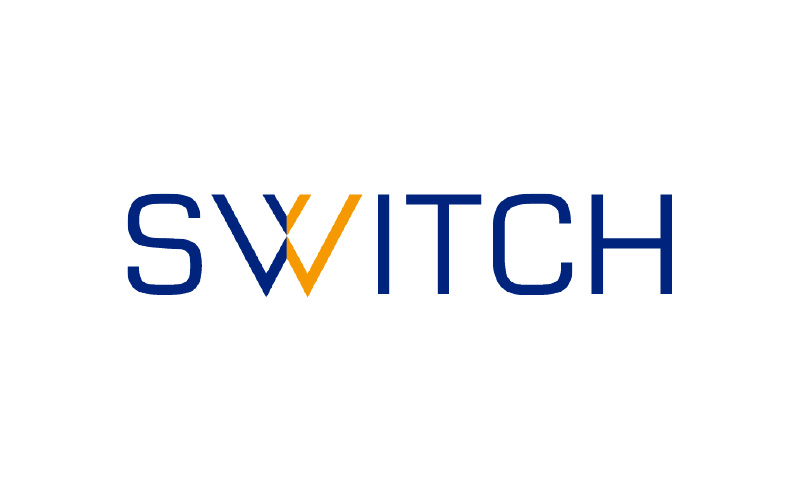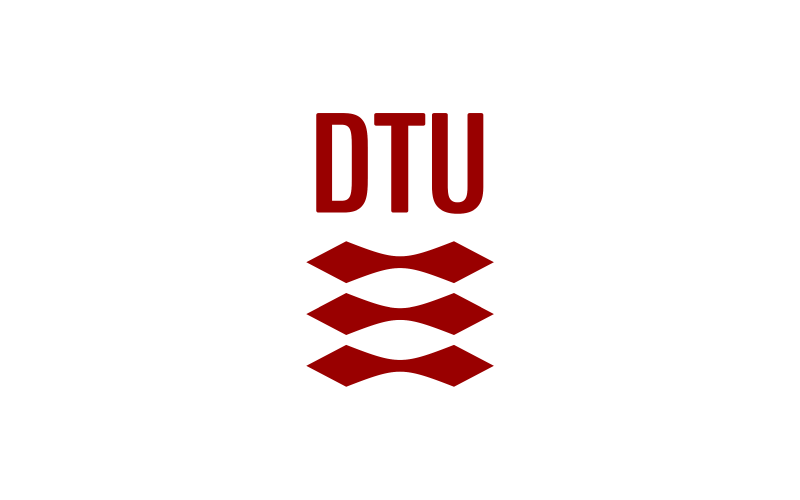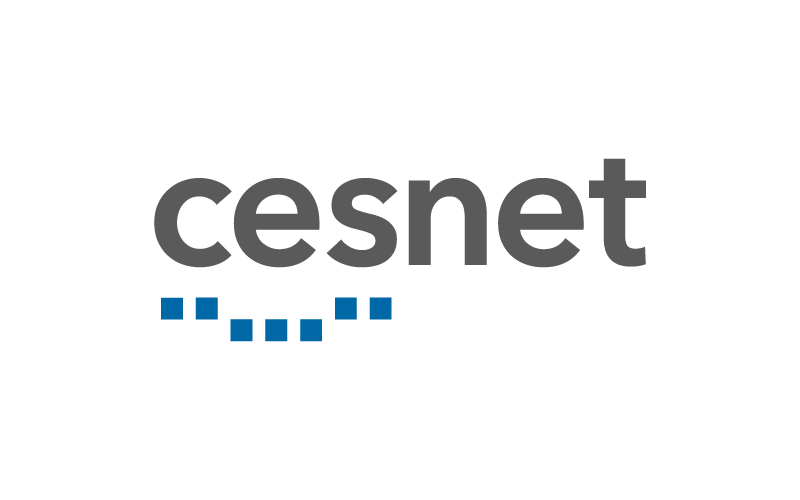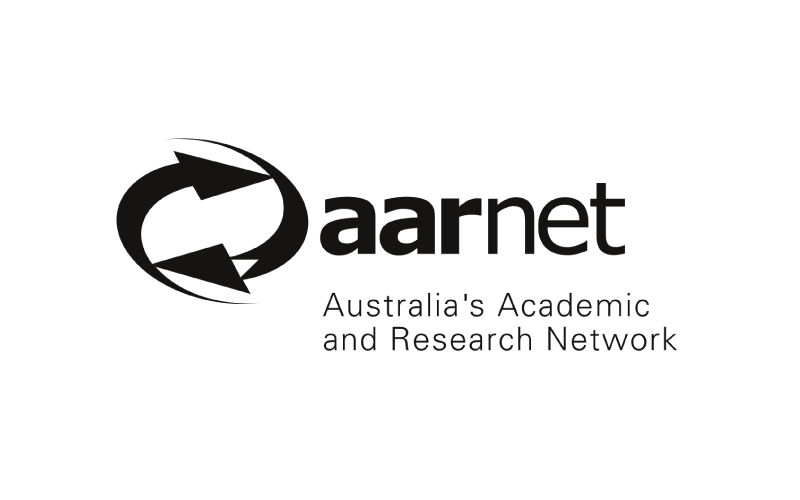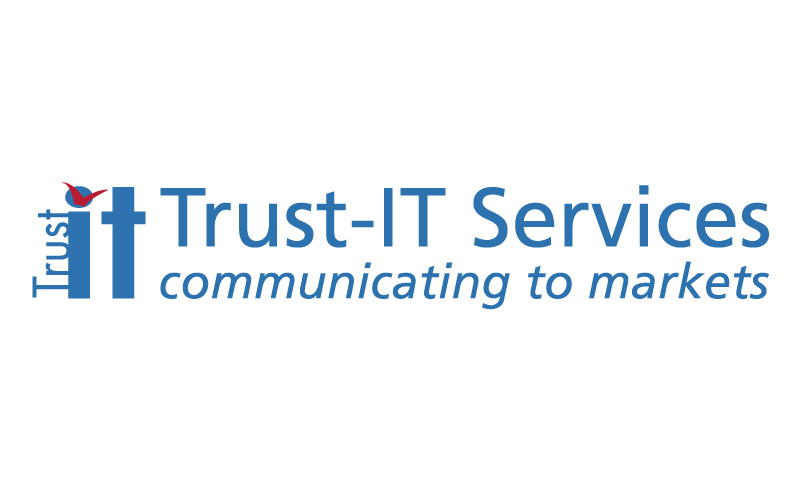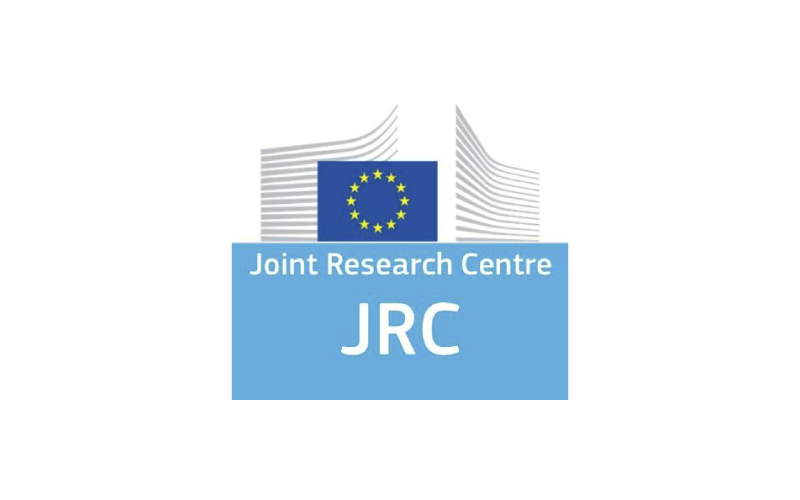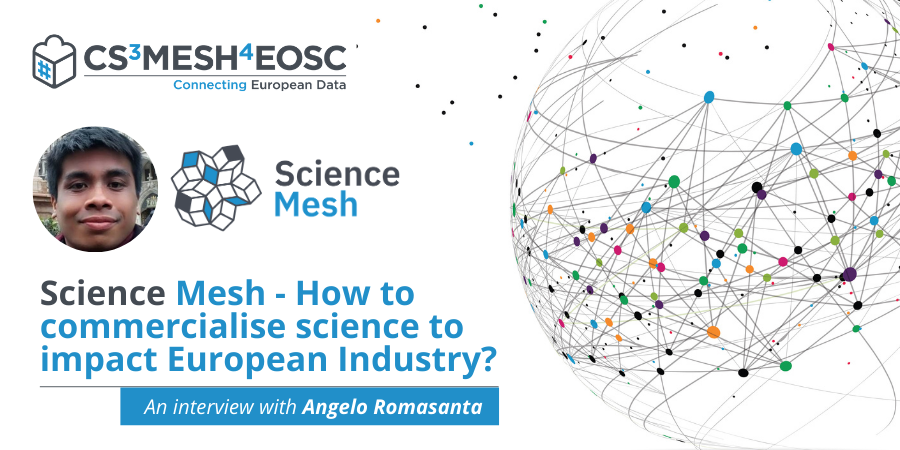
- 01 March 2021
Improving knowledge transfer between research institutions and industry is the key for Europe to excel at translating science results from bench to product, to operate as a “single market for knowledge” and to increase industrial leadership. In 2019, Europe represented 20% of worldwide total investments in research and development, with just only 7% of the world’s total population. (Source: Horizon Europe – The next EU Research & Innovation Investment Programme). When it comes to talent, Europe has long been a research powerhouse but it is not better at transforming this into leadership in innovation and entrepreneurship. As said by Pascal May, chair of the independent High-Level Group on maximizing the impact of EU Research & Innovation Program, “Europe is good at growing science but not good enough at getting growth out of science” (Source: From Research to Market: what the EU can learn from the USA). This is why in the new Horizon Europe programme there is the commitment to strengthening the EU's industrial innovation through investments in key technologies, greater access to capital, and support for small businesses.
The Science Mesh from CS3MESH4EOSC aims to boost research collaborations by connecting the various cloud services across Europe. It aims not only to support academia but also the industry, by providing them with an opportunity to extend their user base, enter new markets and develop their capacity for innovation and knowledge production. A business model needs to be defined to ensure that Science Mesh will be a self-sustainable service, avoiding falling to the “valley of death” (see note) without needing to rely on public funding programmes.
Angelo Romasanta leads the CS3MESH4EOSC “Assessment of Business Impact” task and is a Postdoctoral Researcher in Innovation Management at ESADE Business School, which ranks among the top business schools in Europe and in the world. Angelo explains how the Science Mesh will impact the business and industrial sectors, as well as the main challenges in enabling research projects to become financially self-sustainable. The full interview is available below.
Note: Valley of Death: term in the startup world, referring to the difficulty of covering the negative cash flow in the early stages of a startup before their new product or service is bringing in revenue from real customers
What is ESADE and why it joined CS3MESH4EOSC?
ESADE is a business school in Barcelona, Spain. It is known in the fields of innovation, technology management and entrepreneurship. For instance, in a recent ranking by Poets and Quants of MBA programs for entrepreneurship, it was ranked as the best in Europe and 7th worldwide. In my specific group at the Institute for Innovation and Knowledge Management, we are active in studying the commercialization of science and the innovation ecosystem that makes this possible. As such, CS3MESH4EOSC perfectly fits our interest. We saw its potential in rejuvenating European research and in turn, helping spur new innovations.
Science Mesh will be composed of a heterogeneous community of scientific, academic, non-profit and for-profit entities. What will be the strengths of having such a variety of different organisations together working towards a common goal?
Diversity is indeed one of the strengths of the Science Mesh. It brings together organizations, not only of different types, but also located in different areas in Europe. Each of these groups brings its own expertise to the design and implementation of the mesh. For instance, SurfSara (partner of CS3MESH4EOSC), an organization taking care of the computing needs of a country would contribute a different perspective from a startup like Cubbit (partner of CS3MESH4EOSC) that creates a personal cloud service for various users. By having these different eyes to look at the problem of cloud fragmentation, we ensure that we do not become myopic and accidentally bring the correct solution to the wrong problem.
ESADE has strong ties to the business world. How will ESADE contribute to the successful exploitation of Science Mesh in the industrial sector?
ESADE will be crucial in customer development. As you know, the CS3MESH4EOSC brings together leading domain experts in technology development in cloud storage such as CERN (CS3MESH4ESC Coordinator), JRC (partner in CS3MESH4EOSC) to name a few. However, technologies can still fail if they do not address a specific need. Thus, ESADE complements the technical aspect by exploring the human side of the mesh. We will conduct case studies to understand concretely the impacts of the mesh to its adopters. We will explore the various social, economic and institutional barriers, impeding the mesh from reaching as many users as it can and for these users to make the most out of the mesh’s functionalities.
At the same time, we already want to look ahead and see how the mesh can be used by the industry. The needs of the scientific community with regards to computing are not the same as that of industry. Understanding these nuances through interviews and surveys with our industry contacts would help guide the Science Mesh vision.
In your view, what will be the main impact of Science Mesh in the business market?
Companies are becoming more dependent on their collaborations with the outside world for innovation. Lowering the barriers to collaborations is something that the Science Mesh can address. We hope that even though the pilot group of the mesh are mainly research organizations, the infrastructure can then be later leveraged by businesses. They would be able to plug themselves seamlessly into the mesh and easily collaborate with both corporate and research organizations.
Companies are also very wary of interoperability, meaning that their data and apps could easily work across different systems. Currently, with the fragmented cloud storage landscape, businesses are susceptible to the vendor lock-in problem. This means that if they want to change their provider, it is not easy due to the various costs associated with switching. Companies want to be flexible. The Science Mesh would be the foundation making this possible.
This lack of interoperability also translates to the macro problem of making it difficult for smaller companies to compete in the cloud market. When an organization stores its data in a certain provider, they also implicitly force other users whom they collaborate with to interact with their provider. As such, there can be network effects where large providers are attracting other users. By promoting interoperability, however, smaller companies would be able to compete in the space.
On a more general picture, science has a great track record of producing discoveries that later have unanticipated impacts on society. A highly cited example is that of the iPhone which builds technologies from scientific research. Thus, we hope that spurring new forms of research collaborations and furthering data reusability, would provide the pipeline of new technologies that companies can then later commercialize.
From your perspective what will be the main challenges for Science Mesh in terms of financial sustainability?
The question of who pays is always a big challenge for ambitious projects like this. On the bright side, the Science Mesh tries to minimize such costs by leveraging existing providers that universities and research institutes already have. Instead of building a new infrastructure from scratch, the mesh is simply a layer on top that connects these different existing services. Nevertheless, this does not completely remove the costs to maintain the mesh once it is in operation. New bugs must be continuously addressed. Parties who want to join the mesh must be given technical support. Users who are not familiar with the mesh must be onboarded.
It is important that the mesh is self-sustainable, without needing to rely on getting grants every few years or so just to survive. To sustain itself, the mesh needs to demonstrate that it indeed addresses a particular need. If we can show a compelling benefit, I am sure that securing financial sustainability would follow. When we are at that point, I would suggest conducting further studies on the best financing models for the mesh.








